Content:
Ammonia, along with iodine, often takes root in the first-aid kits of ordinary people. The substance gained its fame due to its unique ability to instantly bring to consciousness people who are in a fainting state. But this is far from the only way to use it. It is often used to control plant pests or when feeding them.
Fertilizer properties
Ammonia is a 10% solution of ammonia in water. Despite the fact that ammonia was discovered in 1774, ammonia, its solution, was used in ancient Egypt. In fact, this substance is a colorless volatile liquid with a pungent odor, which brings people back to consciousness. Calling it ammonia is fundamentally incorrect (although this mistake is quite common), since this name has already been assigned to another substance, ammonium chloride. Has a medium alkaline reaction.
The ammonia molecule contains a nitrogen atom - a substance that plants need exactly. In general, all living organisms, including cucumbers, need it in certain quantities.
Saturated with nitrogen, the leaves, on the contrary, acquire a thick and rich green color. Under its influence, both leaves and stems begin to grow noticeably faster. The use of ammonia for plants, in particular for cucumbers, is more than reasonable.
This substance contains 41% nitrogen, so ammonia for cucumbers and tomatoes is an optimal supplement, due to the fact that due to this they do not become oversaturated and do not accumulate nitrates, which can have a negative effect on human health.
Among other things, when using this fertilizer, the risk of soil acidification is reduced, from which microbes useful for crop growth suffer.
Ammonia benefits not only the cucumber crop, but also garden plants such as tomatoes, peppers, garlic, and many other vegetable crops.
Berry plants can and should be fed this way too. Strawberries, in comparison with other berries, almost do not react to nitrogen in any way, so trying to fertilize them in this way is rather pointless. But on the other hand, the solution perfectly helps to fight against insect pests that damage strawberries.
Precautionary measures
Ammonia is a rather dangerous substance that can be poisoned very easily. It can seep into the human body through the skin, mucous tissues or lungs. If it gets on the skin or mucous tissue, ammonia will burn them. If suddenly this happens, you must immediately rinse the affected surface with water in large quantities.
At the first signs of poisoning, such as choking, dizziness, nausea, fever, it is necessary to provide the victim with first aid - to provide him with fresh air and give him a glass of milk to drink.If after that the symptoms have safely disappeared, it means that the poisoning was mild and it will be possible to do without the intervention of doctors. If the symptoms persist, you need to urgently call an ambulance, otherwise the consequences may be irreversible, up to and including death.
- Use of rubber gloves, respirator, glasses.
- Spraying plants in the direction of the wind.
- Open frames and raised canopy in the greenhouse where cucumbers are processed.
- It is necessary to protect the electrical wiring from contact with the solution, as it can easily crack from this.
Fertilizing cucumbers with ammonia
Two feeding methods can be applied to cucumbers:
- root,
- foliar.
Root top dressing means watering the cucumbers right at the root. Ammonia has such an unpleasant property as strong volatility, so this type of treatment is a priority. For this kind of processing, it is advisable to prepare a composition of 3 tbsp. l. solution of ammonia per 10 l bucket of water. The jet should remain thin when watering seedlings.
In order to reduce the risk of burns on seedlings, preventive procedures are carried out. To do this, after watering, the plant is sprayed with clean water from a spray bottle. Before spraying on the used device, you must turn on the fog mode.
The jet coming from the watering can should be as clearly visible as possible.
Foliar dressing of cucumbers involves spraying them. This type of feeding is ideal for instantly getting rid of plants from nitrogen starvation. For the working solution, take 50 milliliters of 10% ammonium hydroxide per 10 liters of water.
This type of treatment is carried out especially in calm weather, otherwise a significant part of the useful properties of the solution will fly past the plants with the wind and the procedure will not affect them in any way.
Indications for use
Before fertilizing cucumber plantings in the country with nitrogen, it is better to first make sure that the plants need this substance. How to recognize a nitrogen deficiency:
- Yellowing lower leaves.
- The formation of many small leaves.
- Nondescript, thin, brittle stems.
- Sudden cessation of growth of an adult vine.
- Fully formed, but not blossoming inflorescences.
- The slightest cold snap leads to wilting of the plant.
Before at least 4 first leaves germinate in the seed of cucumbers, it is extremely undesirable to process cucumbers with ammonia.
Time of day should be chosen either in the evening (immediately after sunset) or in the morning. The weather should be not sunny, and ideally, generally cloudy.
Ammonia for cucumbers: application
As a fertilizer for cucumbers, ammonia can be used in various concentrations. For each individual case, you need to select your own dosage of ammonia.
You can make a more or less versatile fertilizer that is suitable for any type of feeding. To do this, mix 50 ml of ammonia and 4 liters of water.
To prepare a weakly concentrated solution, you will need to dilute 1 tablespoon of ammonium hydroxide in 10 liters of water. In low concentration, the solution is practically safe for humans.
If there is a need to treat the plants with a concentrated working solution, mix 1 spoon of ammonia and 1 liter of water.
Processing frequency
Ammonia can be added at absolutely any time. If something indicates that the plants in one way or another need nitrogen feeding, do not keep him waiting. But if there is a desire and opportunity to carry out the most effective processing of cucumbers with ammonia, you should adhere to the scheme below.
The first time feeding is best done during the period when the spring season ends and the summer begins. At this time, the seedlings are just beginning to grow noticeably. During this period, it should be fed once a week with a universal solution.
During the period of active formation of ovaries in a plant, it should be watered more intensively than at the beginning of cultivation. The number of treatments carried out per week should be increased to two, and the solution should be replaced with a concentrated one.
When, finally, the plant has developed strong stems and leaves saturated with a dense green color, it is worth returning to the universal proportion again, and reducing the number of waterings from two to one.
What if the seedlings grow sluggishly and produce too many barren flowers? In this situation, watering becomes more frequent in order to saturate the plant to the maximum with the nutrients it needs.
At any stage of treatment with an ammonia solution, it is necessary to monitor the plant's response to fertilizers.
Pest control
This substance perfectly helps gardeners in the fight against aphids (in another way, it is called plant lice) - one of the most common and dangerous garden pests that affect not only cucumbers, but all other plants in the garden. Aphids are quite small, only 2 mm in length, but this does not make it less harmful.
This pest infects cucumbers every year, settling on the back (lower) side of cucumber leaves, piercing them with a proboscis and sucking nutrients out of them. As a result, foliage twists and dries up, ovaries fall off, shoot growth slows down, and subsequently the whole plant may die off.
In about half of the cases, all cucumber seedlings die from aphids, unless urgent measures are taken to destroy it at the very first detection. And it is not so easy to find it, because it crawls right under the leaves and hides them from the eyes of the gardener.
Aphid control liquid is prepared as follows. Take 10 liters of water, in which 50 ml of ammonium hydroxide is stirred. Add 100-200 g of finely grated baby or laundry soap to it. Soap is necessary for the solution to stick to the leaves and stay on them.
If it was not possible to get rid of the pest the first time, you can repeat the procedure after 2 weeks. But the experience of many gardeners suggests that a single application in the vast majority of cases is quite enough.
Despite the fact that the use of ammonia as a top dressing for tomatoes and cucumbers and tomatoes is not such a common practice, it still deserves the attention of a gardener. Ammonia has a fairly effective effect on plants, both in terms of fertilization and pest control. Its price is usually low, and the working solution is prepared quite easily. All this taken together simply obliges every gardener to always have ammonia on hand.

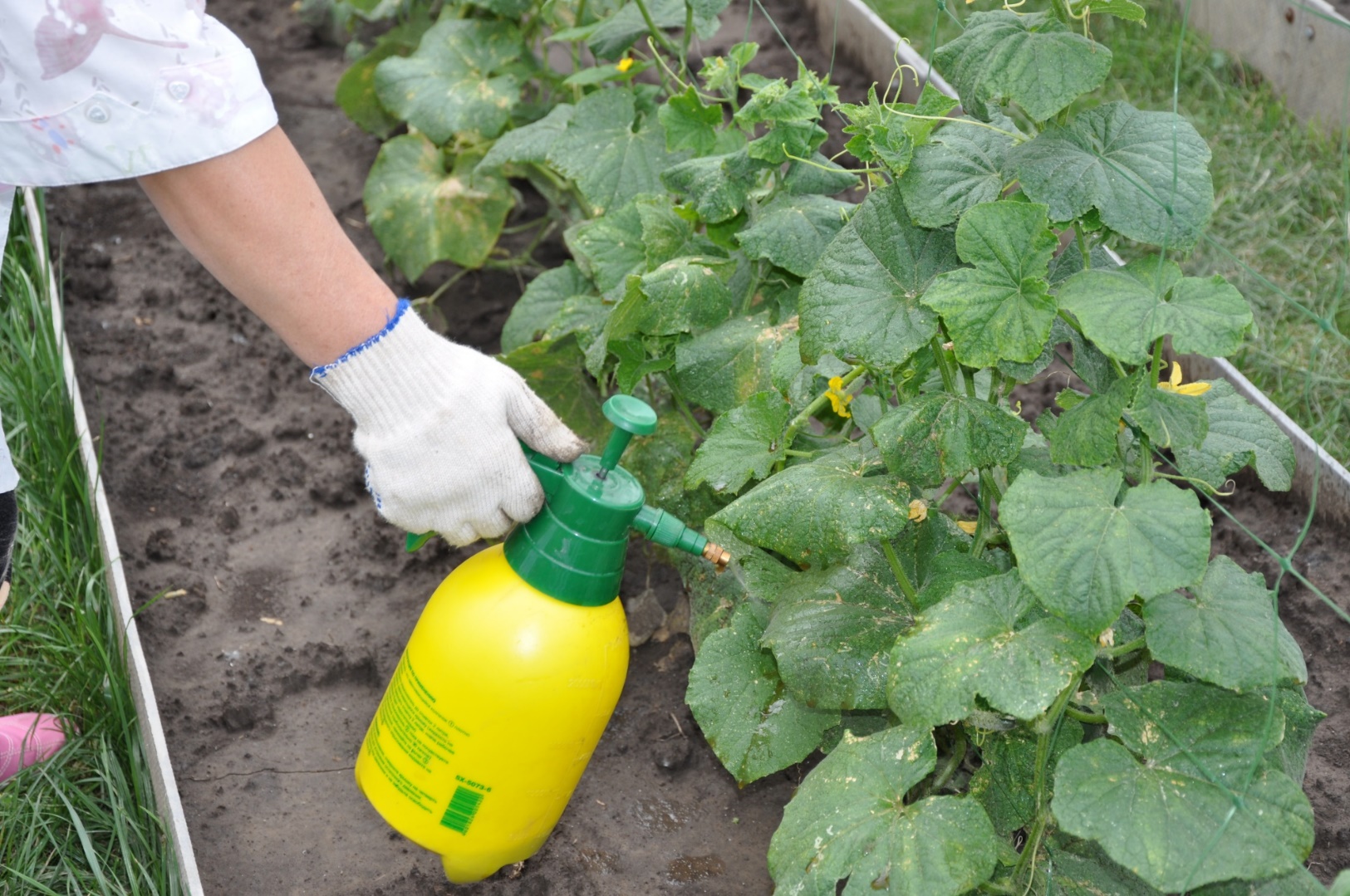

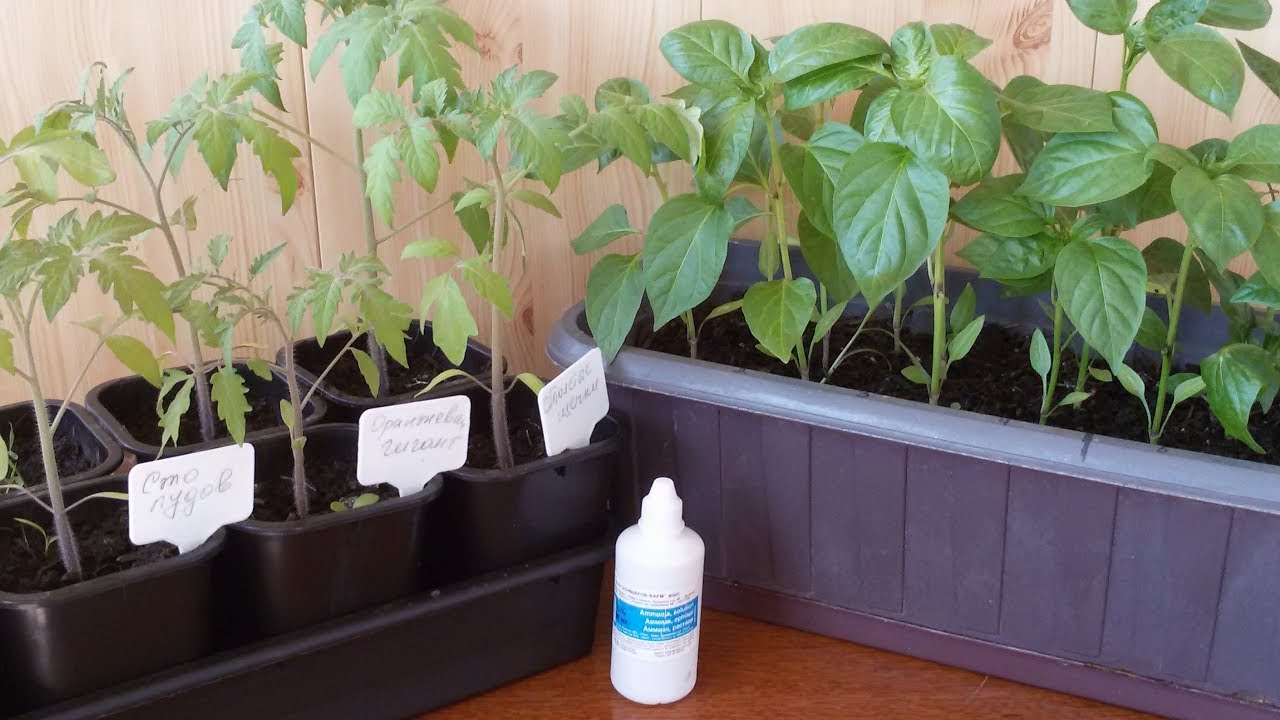
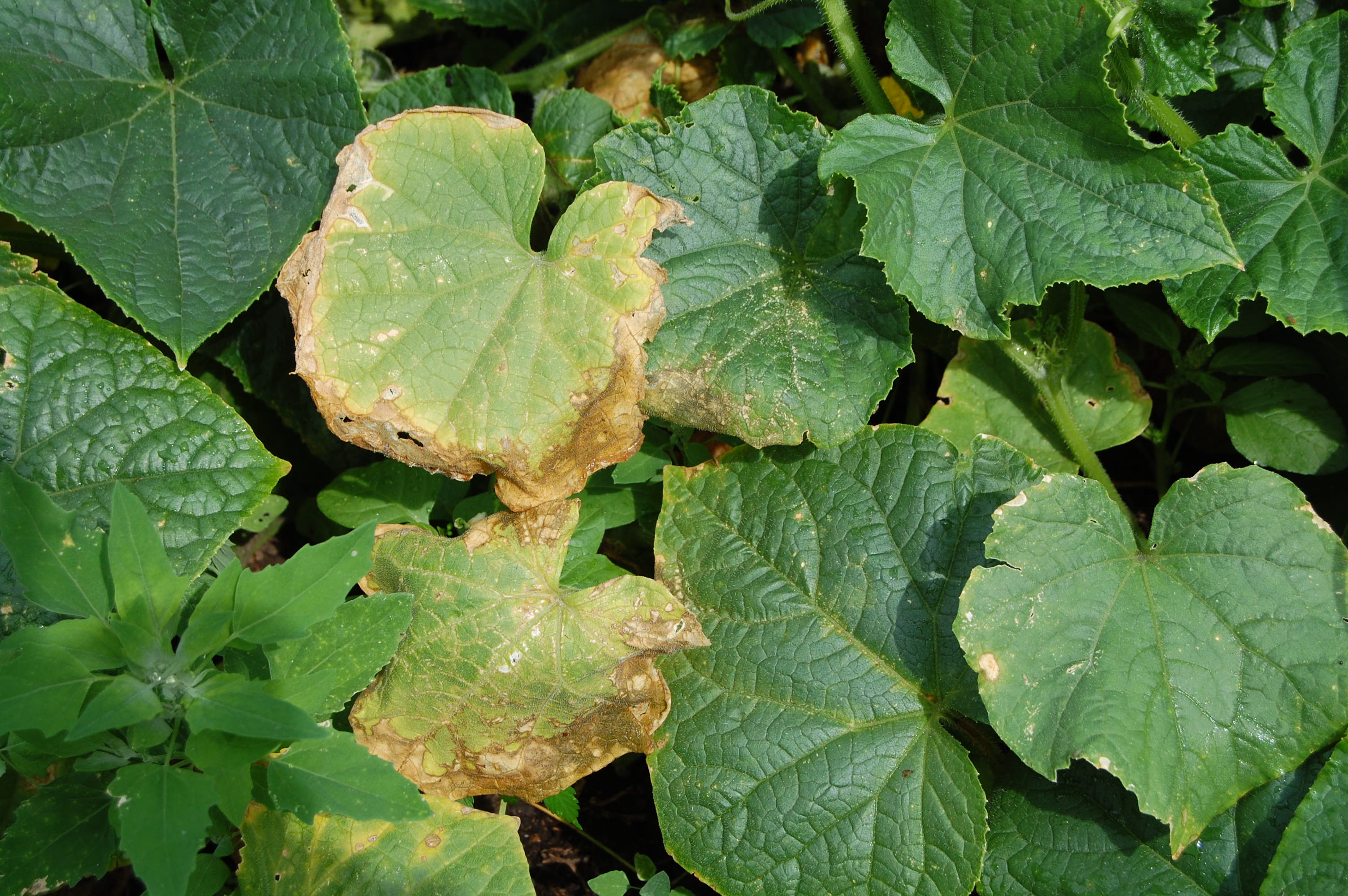
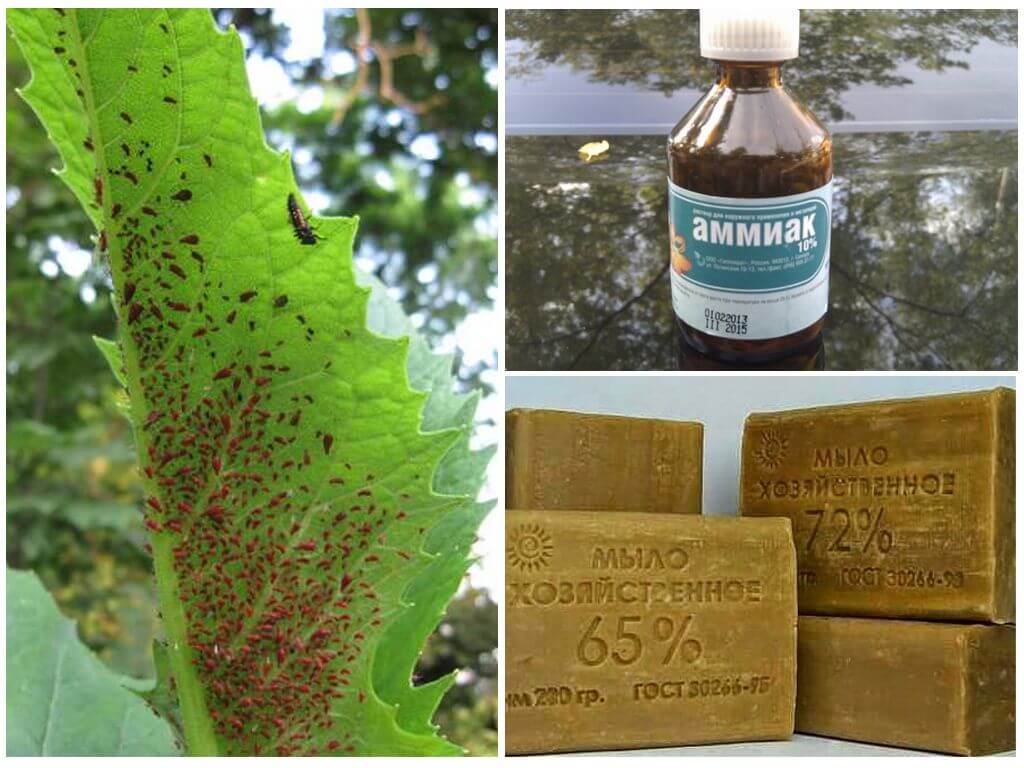
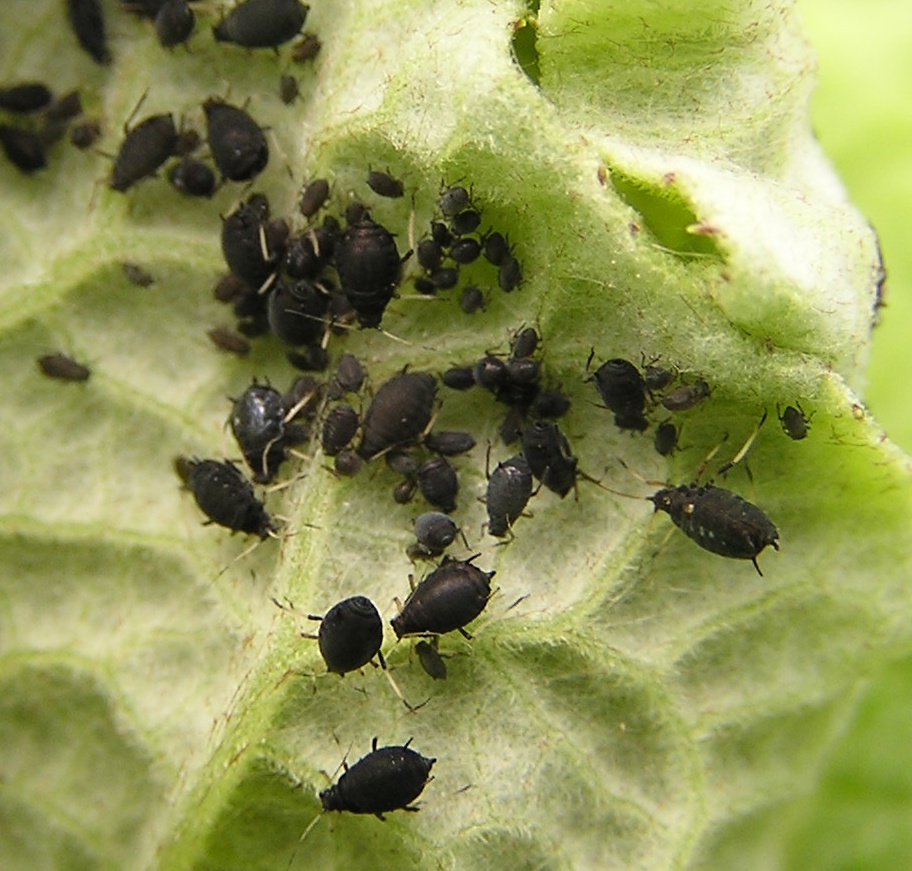

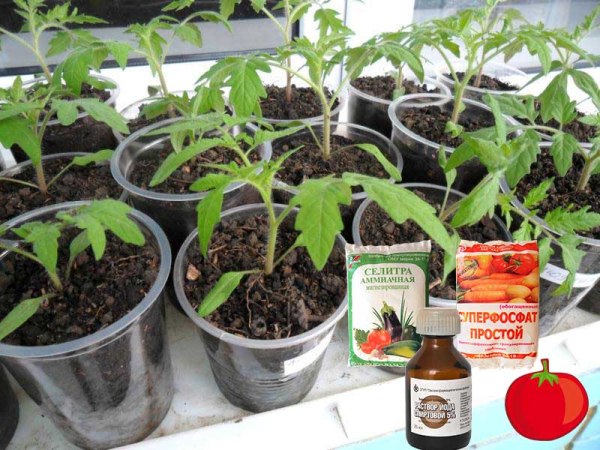

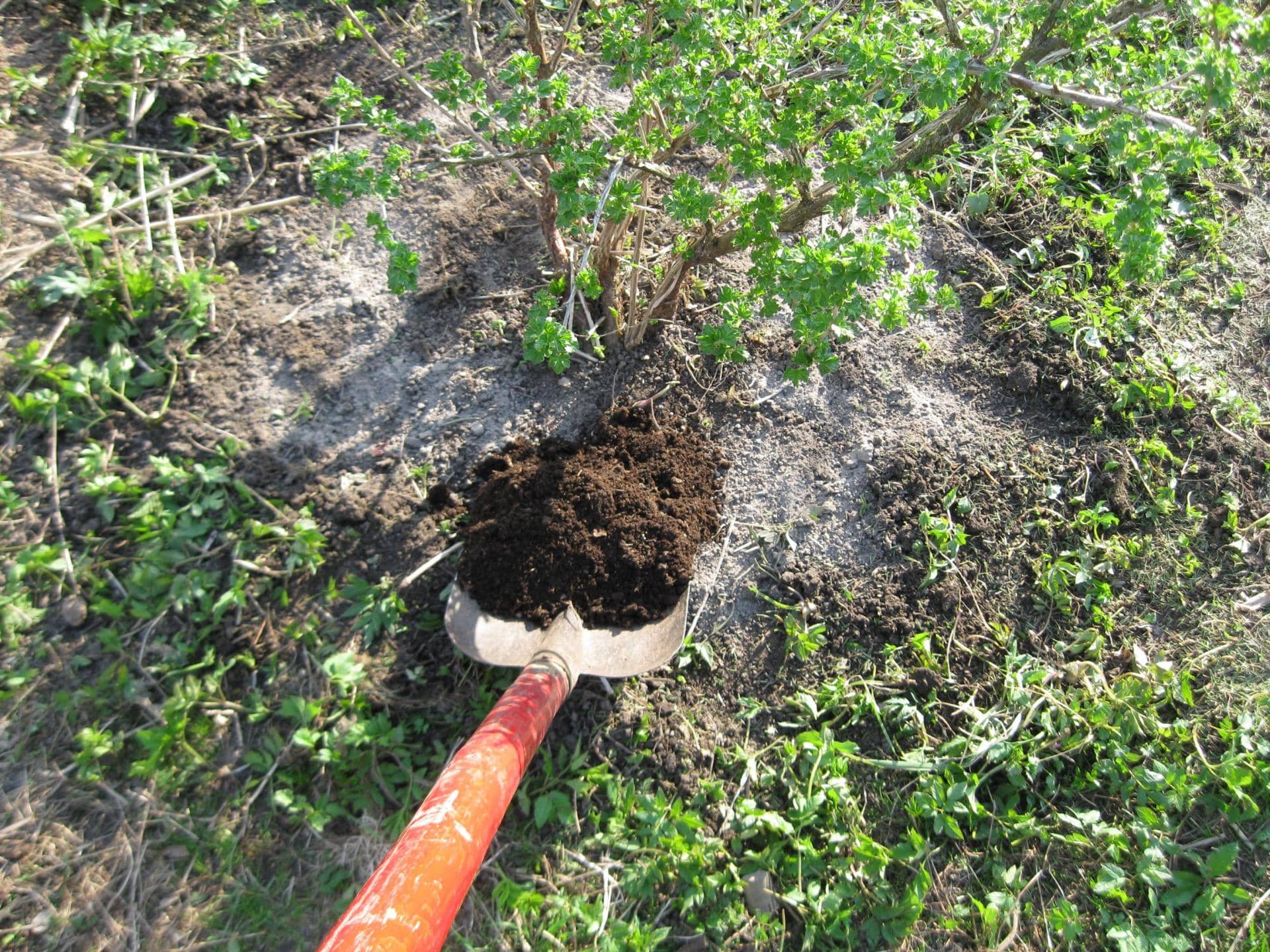

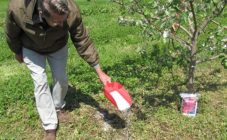







The main thing in the greenhouse is not to forget to open the windows a little, otherwise, to celebrate, I grabbed it and ran to sprinkle it, almost got crazy and ditched all the plants) I remembered about the windows in time. By the way, the tool is very excellent!
The first time I hear about this method of using ammonia, it is especially interesting to spray the leaves with it immediately. I will definitely try this method sounds very attractive. Will ammonia not accumulate in the soil?
Wow! How many years I have been living, I didn’t even know that cucumbers can be fed with ammonia! Now the season is over, I will take note of next year. The whole bed is scary, I will plant a couple of bushes separately and experiment.